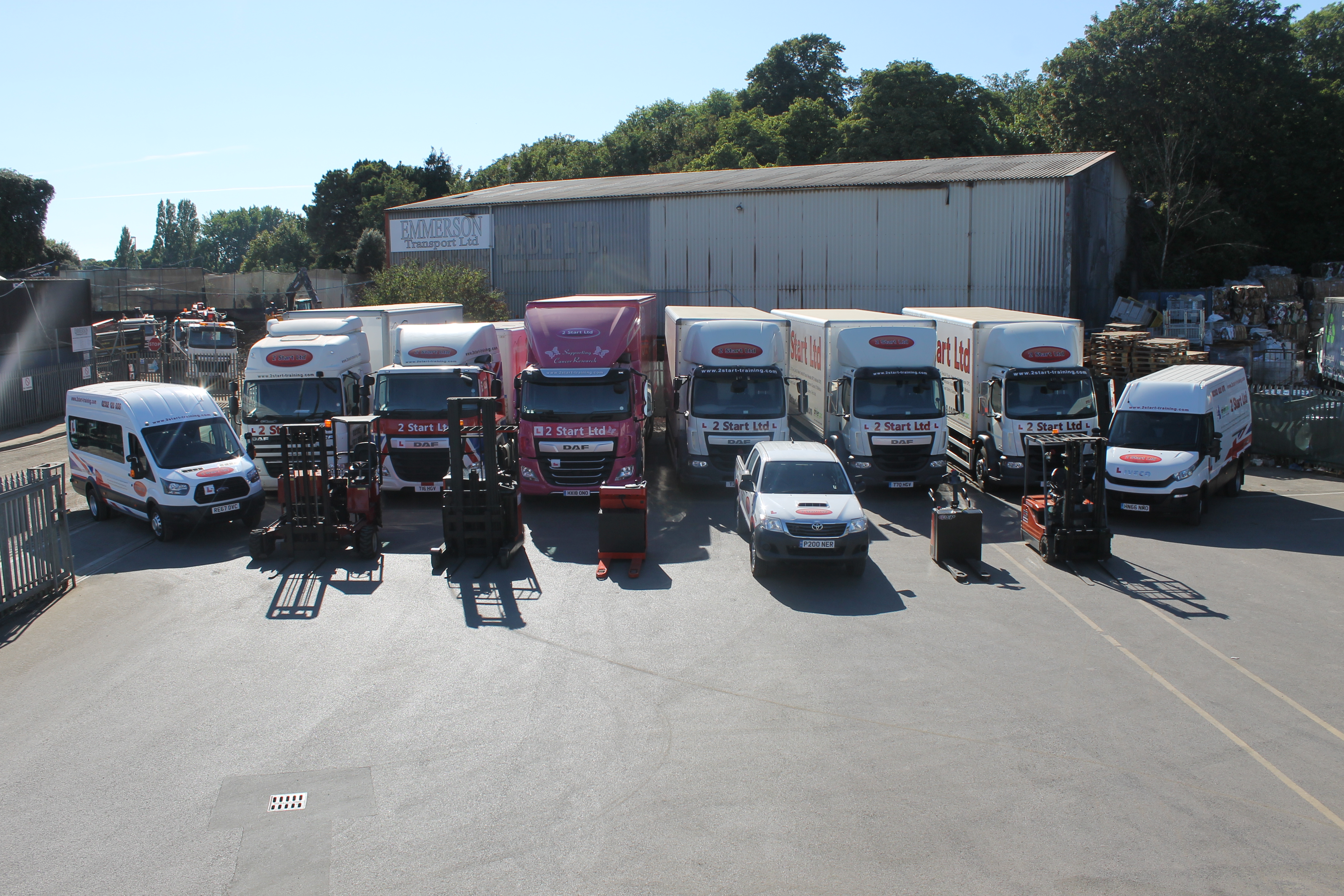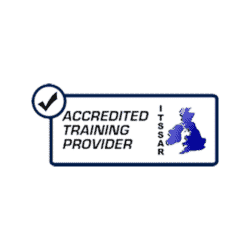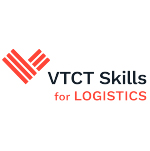There has been both a decline and influx in logistics work, goods movement and job opportunities. As we saw in 2024, Artificial Intelligence took the reigns as the priority in all businesses, not just logistics.
So, what are the top 3 trends we can expect to see in 2025?
Sustainability
Sustainability is an expectation in the modern age. Every year seems to be a step closer to carbon neutral businesses, with companies aiming for the net zero goal by 2050, as per the COP26 event in 2021.
But how realistic is this in the logistics industry? And how will this change the sector?
With less Heavy Goods Vehicles (HGVs) doing miles with empty trailers, this is helping reduce carbon emissions being released into the environment.
Also, the process of using Alternatively Fuelled Vehicles (AFVs) for HGVs and other types of machinery, is one step closer to becoming a reality. You can expect more businesses going green for 2025.
Although, the use of an all-electric Class 1 vehicle in all businesses is not quite within the realm of reality yet. With approximately 519 zero emission HGVs licensed in the UK for 2023 (a 10% increase from 2022), compared to the 534,969 licenced HGVs which aren’t zero emission, there is a way for us to go yet within the logistics industry.
Also, with Transport Managers optimising routes & streamlining the supply chain, as well as businesses using sustainable packaging, these are making a significant impact on the amount of emissions and greenhouse gases being produced. But, we should see a bigger push for more sustainable efforts within the industry.
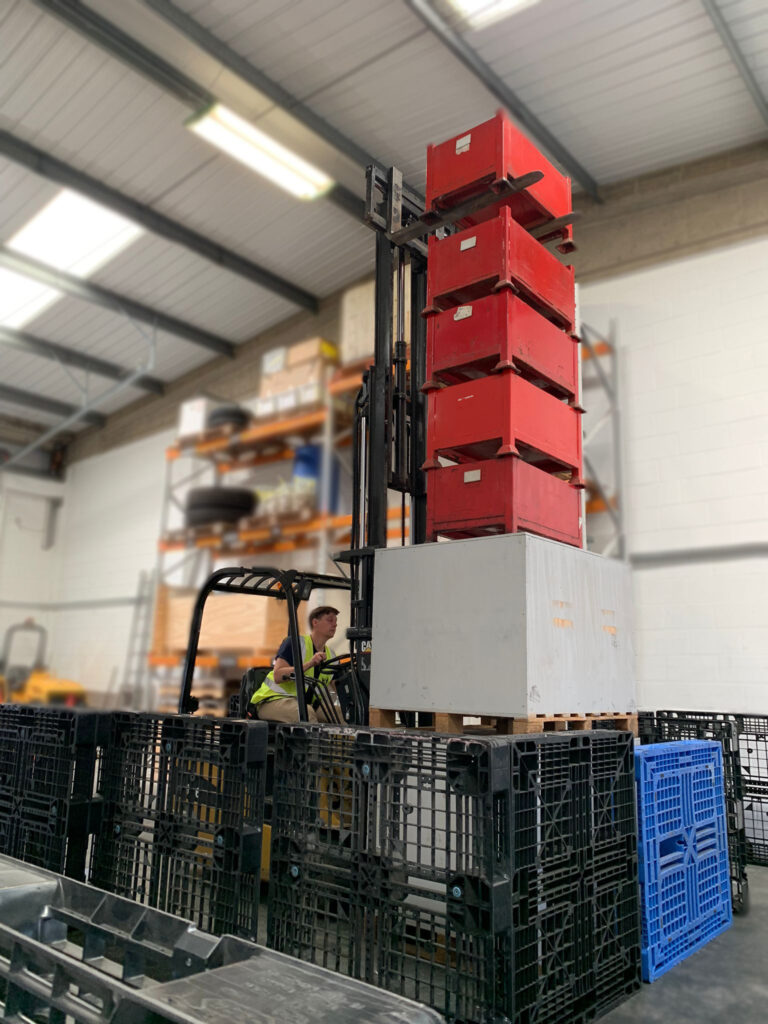
Same Day Delivery
The need to have goods and products delivered to your home is now an expectation rather than a luxury. There is also an increased need to have goods delivered the same day they are ordered. This can be seen as an added extra if you purchase before a particular time, or if you spend a specific amount of money.
With the increased warehousing facilities in the UK, this is targeting the growing demand of online shopping, to create a swift process from purchase to delivery.
The growing demand for same-day delivery continues to create more jobs for warehouse staff and courier drivers. With higher demand comes better pay, making these roles more appealing.
That’s why more people are getting their C1, C, or C+E licence, along with Forklift certification. These qualifications open doors in a sector that stays busy all year round.
This shift is driven by consumers. Customers now expect personalised delivery options, including safe places, collection points, and specific time windows. These features boost customer satisfaction but also increase pressure on delivery services.
As job vacancies rise, so do the risks, especially when new drivers lack experience. Mistakes like lost packages can lead to complaints and damage a company’s reputation.
Customer service teams often take the hit, dealing with issues that could have been avoided through better training or systems. That’s why transparency has become essential. Clear communication and reliable service are key to keeping customers satisfied and loyal.
Digitalisation
Finally, digitalisation, especially the rise of fast, digital tools, is expected to grow even more in 2025.
Many organisations are already pushing forward with digital transformation. Others are adopting new digital tactics to improve operations and efficiency.
One key change is how documents are shared. Instead of printing, businesses now store files like order confirmations and delivery notes online. In today’s world, having digital access to information is essential. E-commerce, online tracking, and digital distribution have all advanced quickly in recent years.
This shift has transformed how products move through the supply chain. And it’s not slowing down. By 2025, we can expect even smoother, more streamlined systems, making digital tools not just useful but vital.
From the Driver and Vehicle Standards Agency (DVSA) moving MOT certificates online, to being able to also check licences online, these new digital portals and applications are being implemented for ease of access, as well as helping to reduce the amount of paper being used.
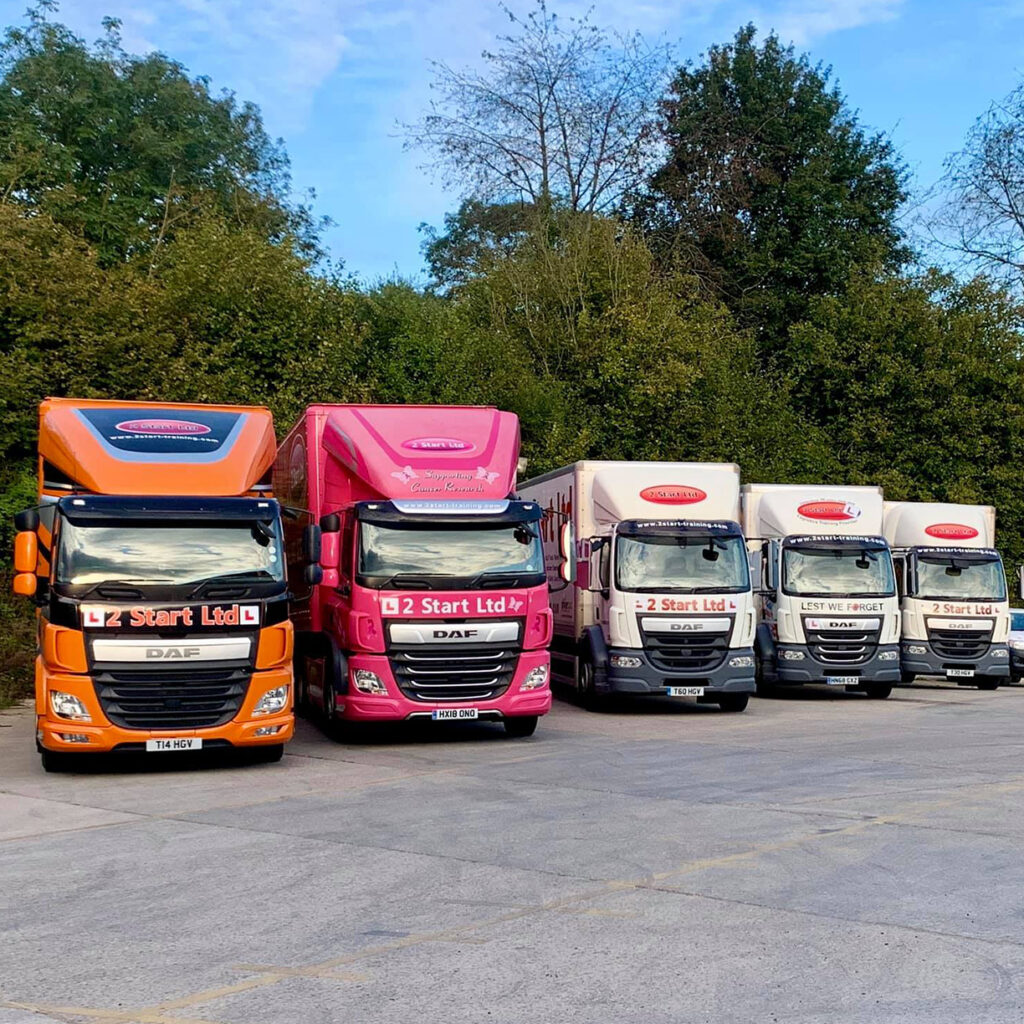
The migration of sectors, organisations and businesses to online platforms and tools should decrease wait times, while increasing goods moved.
This pressing and competitive urge to move forward digitally has different responses. Some are for the digital change, while others are more reluctant. The matter of fact is that the digital age is here to stay, and businesses must lean into online strategies, which can further increase productivity.
Conclusion
So, that is the three trends you can expect to see over the next 12 months. When you complete your logistics training with 2 Start, we ensure that your training is relevant to the industry, by supplying relevant training for the course that you have chosen.
Stay up to date with the latest updates and changes by subscribing to the 2 Start Newsletter. Not only do we provide information on changes happening within the industry and governing bodies, but we also give insight into what’s happening within 2 Start’s training locations across the South.
